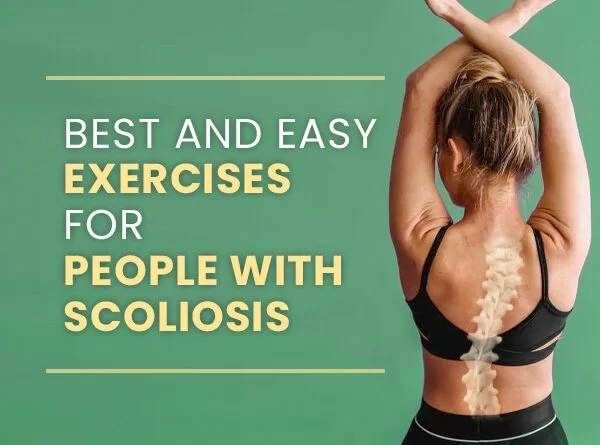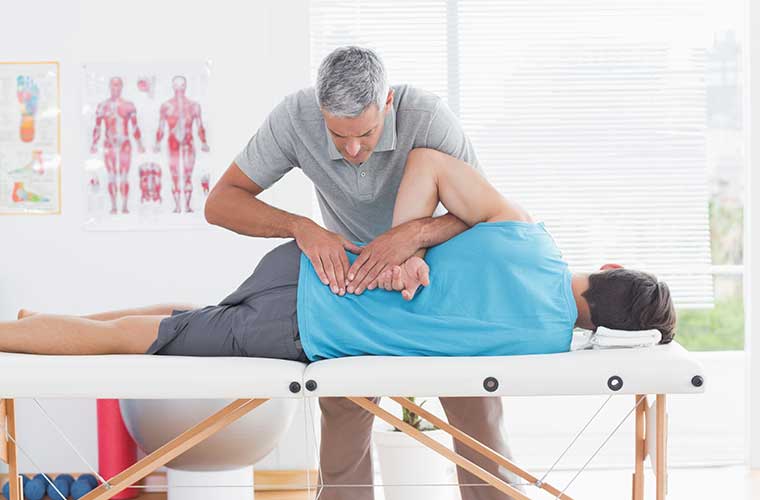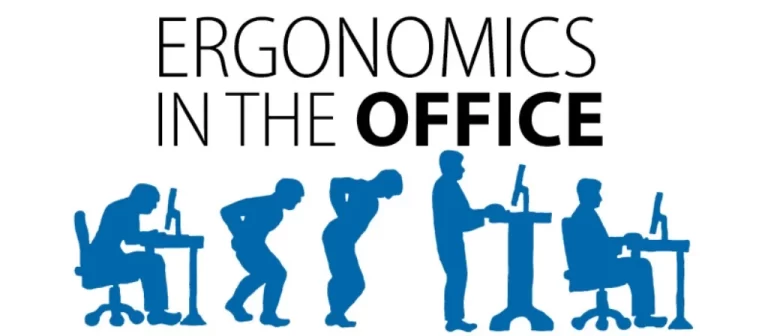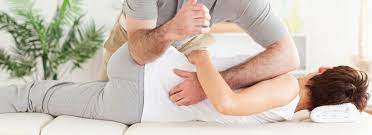Guillain-Barre Syndrome (GBS) : Causes,Symptoms and Physiotherapy Treatment.
Overview : Guillain-Barre Syndrome is a rare disorder in which your body’s immune system attacks your own nervous system.it is an autoimmune disorder that leads to progressive paralysis.it is the most common cause of acute flaccid , neuromuscular paralysis worldwide. Definition : it is the disease of Demyelinating of the peripheral nervous system.it is also…









